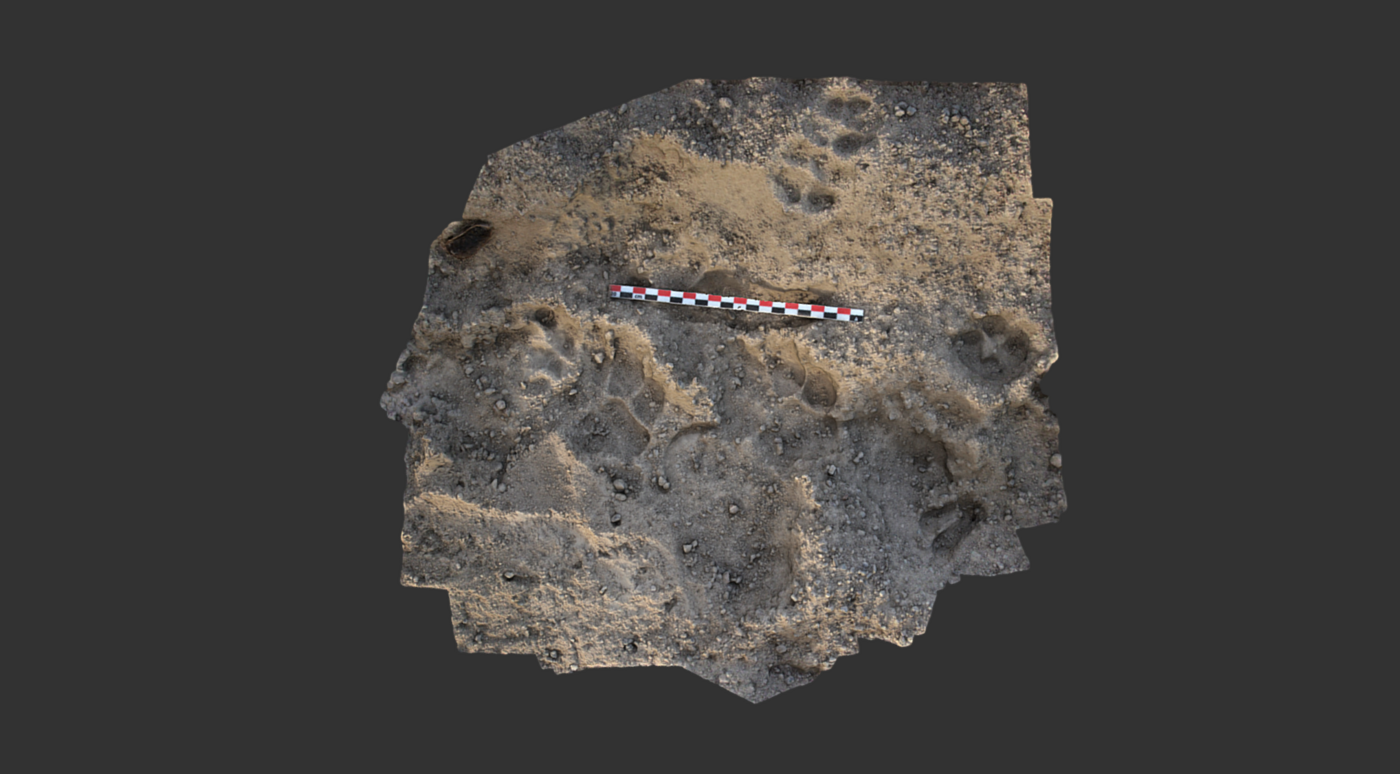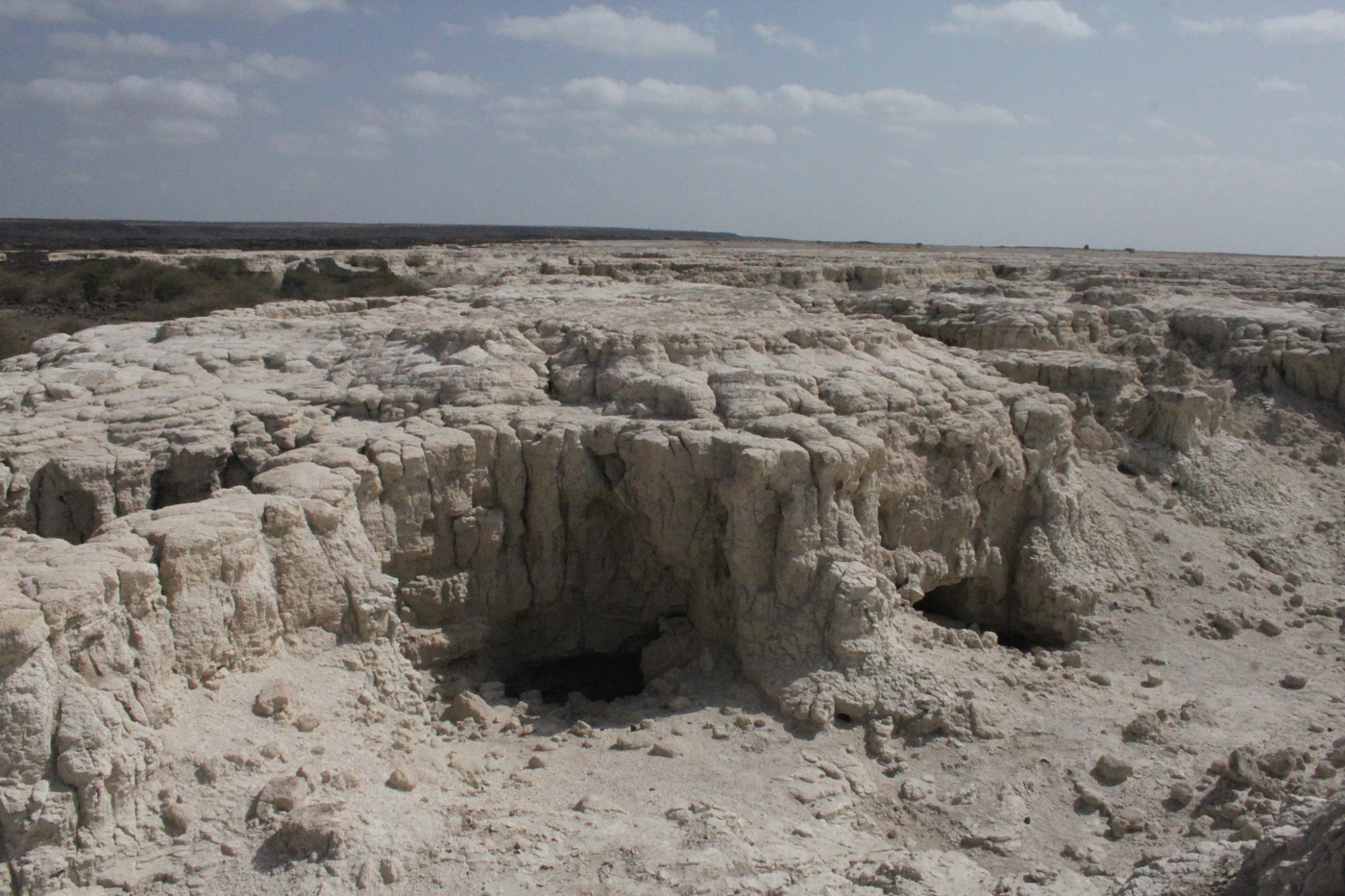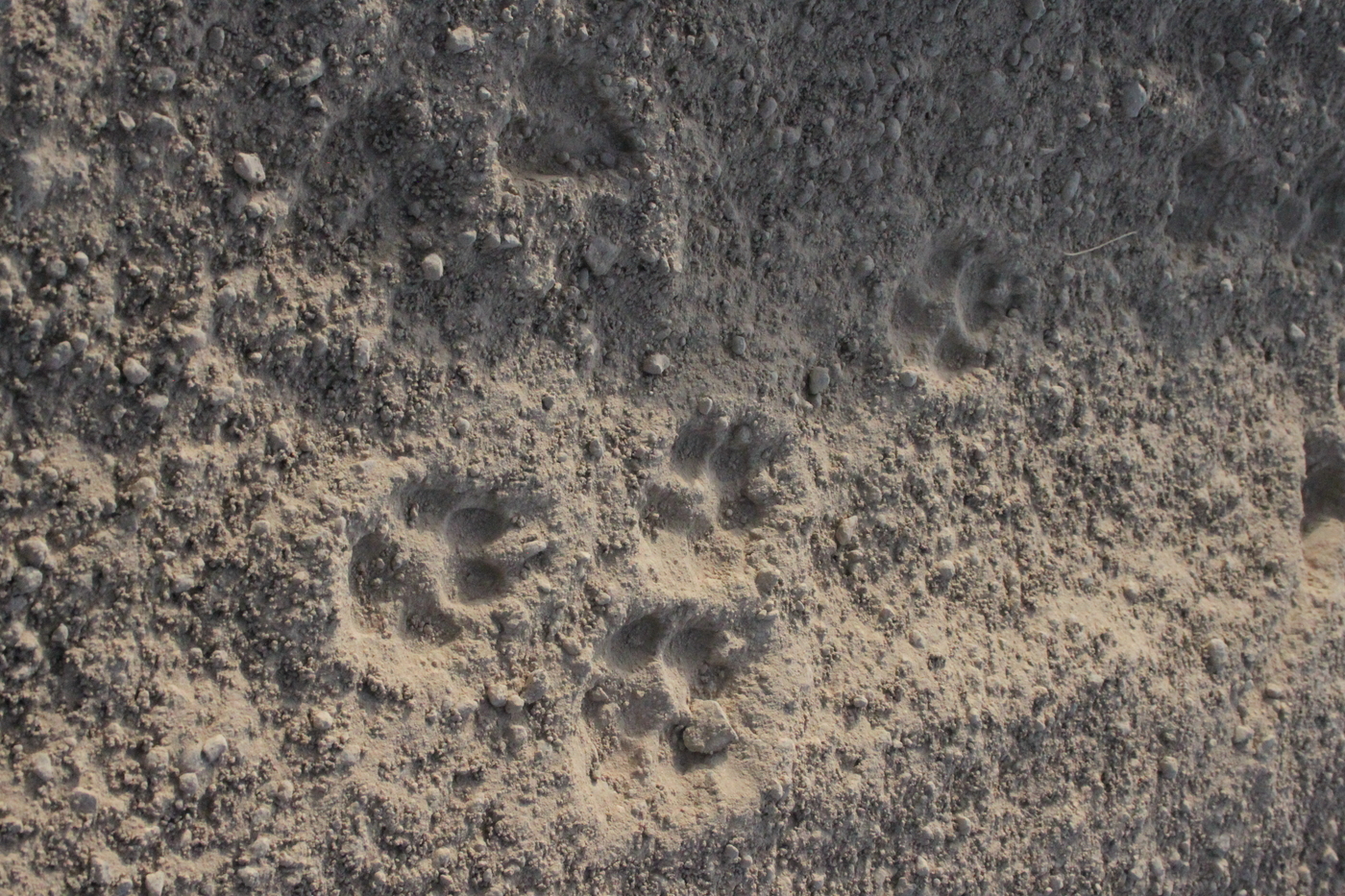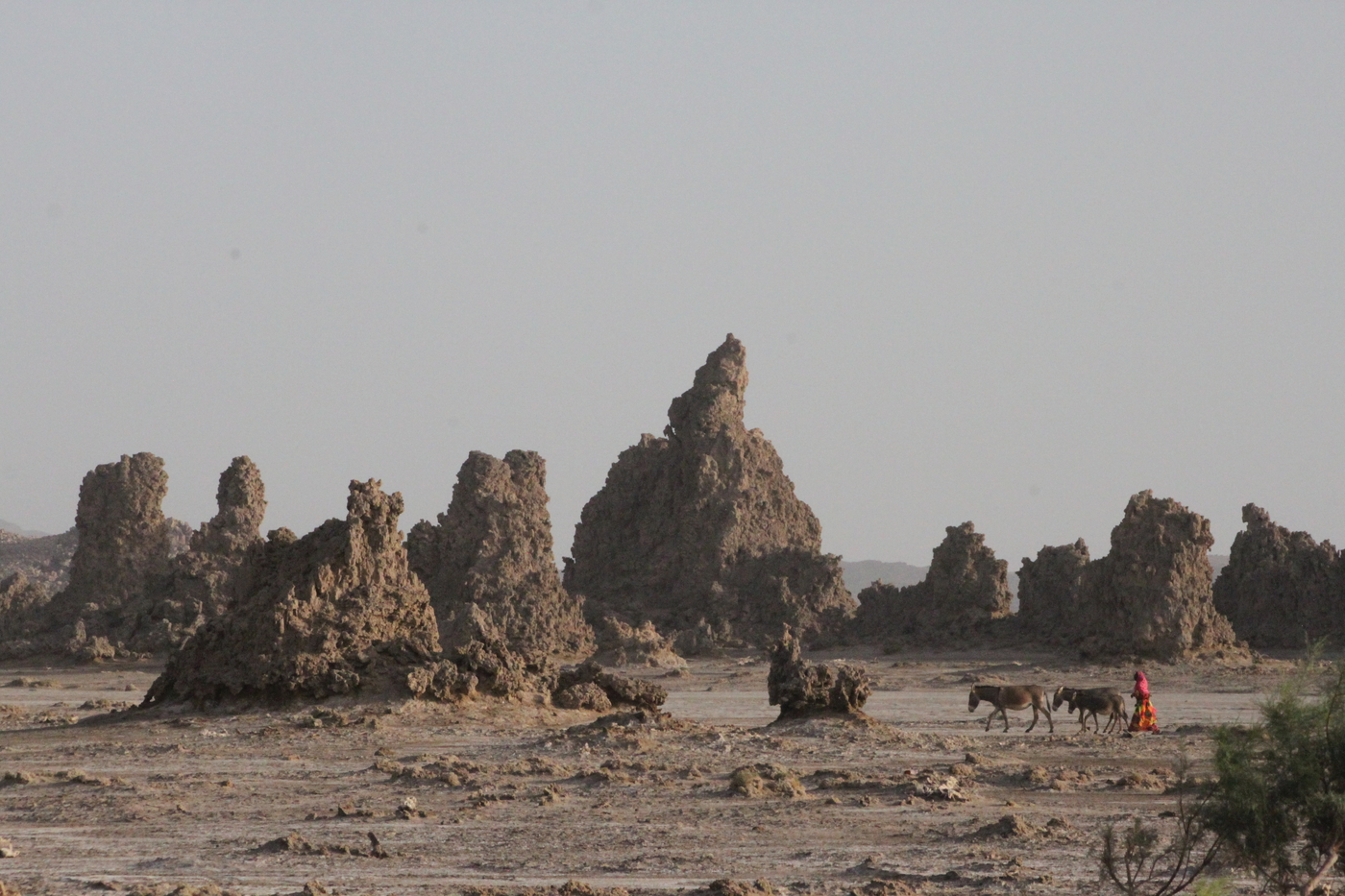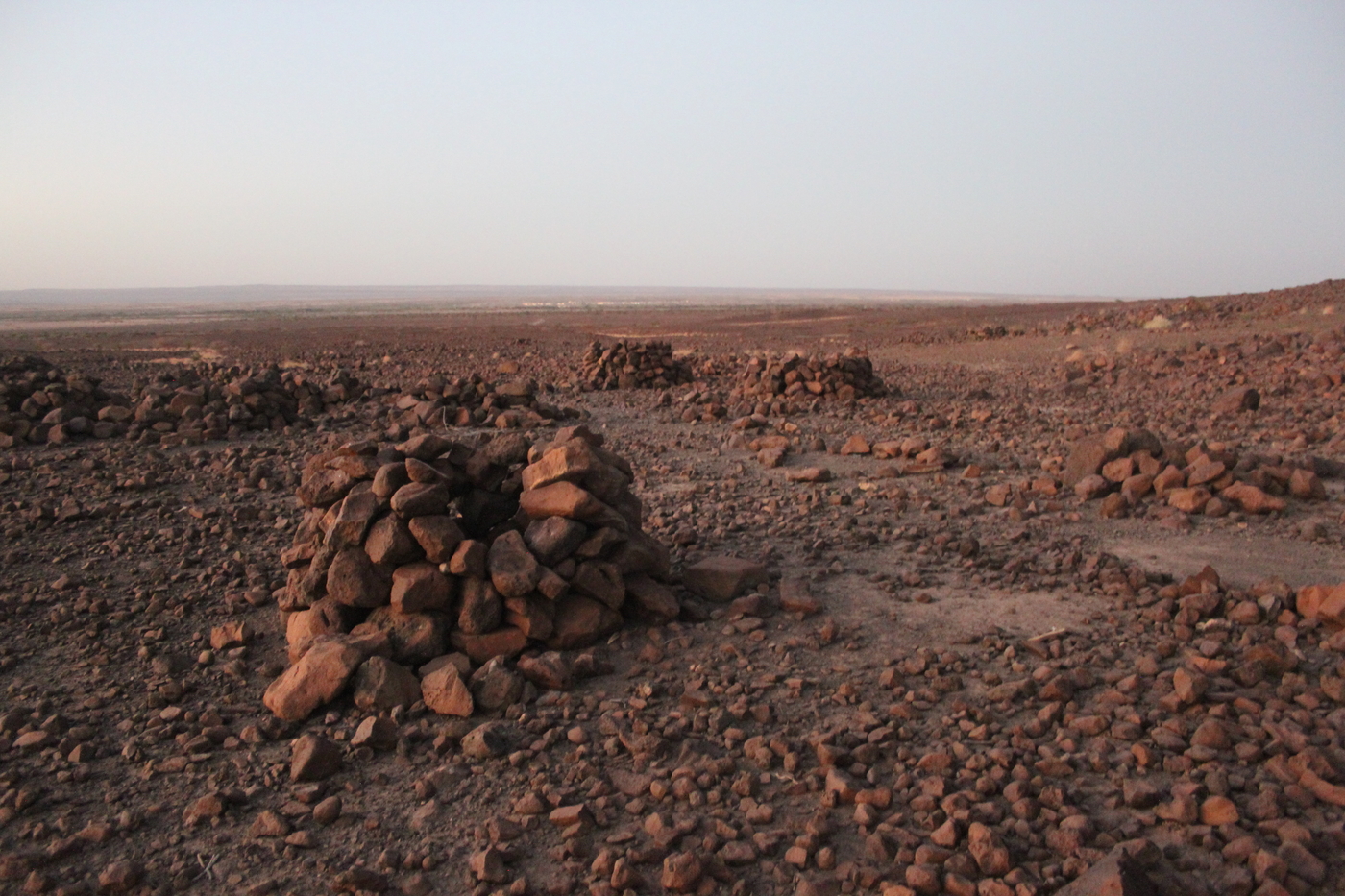From hyenas to humans: a short history of predators...
Since time immemorial, humans have shared their environment with the greatest predators, from lions to leopards and even hyenas. Understanding how these predators behave today is one way of understanding how they behaved in the past. How do humans interact with hyenas today?

From prey to predator
Predation, i.e. the search, acquisition and use of meat resources, is one of the key driving forces behind our evolution. The human species emerged a little over 2.5 million years ago, originally as scavengers who rarely or never hunted. We were sometimes even the prey of carnivores like hyenas. However, over time, we evolved gradually into seasoned hunters at the top of the food chain.
This behavioural evolution from prey to predator is attested in the archaeological record. On the other hand, we do not know why these changes took place. Carnivore that, like humans, have a long behavioural history, with changes that impact on their position in the food chain, may have the answer to the problem. Before we explore this avenue further, it is important to understand the extent to which we can link the evolution of carnivores and humans.
Understanding extinct species
The research being carried out in Djibouti, in addition to the archaeological programme, falls within this framework. This research focuses on the study of the behaviour of present-day species, in this case hyenas, of which there are large numbers in the Gobaad basin, to better understand the behaviour of ancient or extinct species. This approach is based on the combined study of the bone remains taken from their lairs, the leftovers of the prey eaten by the predators, and by carrying out eco-ethological observations (i.e. direct observation of animal behaviour), but also by focusing on the relationships between human communities, which are often pastoral, and carnivores.
Djibouti: a complex ecosystem
Djibouti provides an ideal testing ground for this type of approach: a complex ecosystem where the paths of pastoral human communities daily cross those of a typical carnivore, the hyena. They provide models for interpreting and understanding the habitats and life habits of predators; this is important in helping us understand the evolution of human behaviour relative to communities of major carnivores, from the time when humans were prey to more recent periods when humans became hunters.
About the mission
Set up in 2019, this project, supported by the Premières Sociétés de Production dans la Corne de l’Afrique mission (French Ministry for Europe and Foreign Affairs and IRAH in Djibouti) directed by J. Cauliez (CNRS, UMR 5608 Toulouse), aims to identify the behaviours of present-day predators and the role they play in relation to pastoral communities.
Useful links
- Presentation of the mission on the website of the Laboratoire Traces UMR 5608 – Toulouse
- The mission has been awarded the SEEG label: Global ecology study sites or SEEG (CNRS – INEE programme)
- Sponsorship




